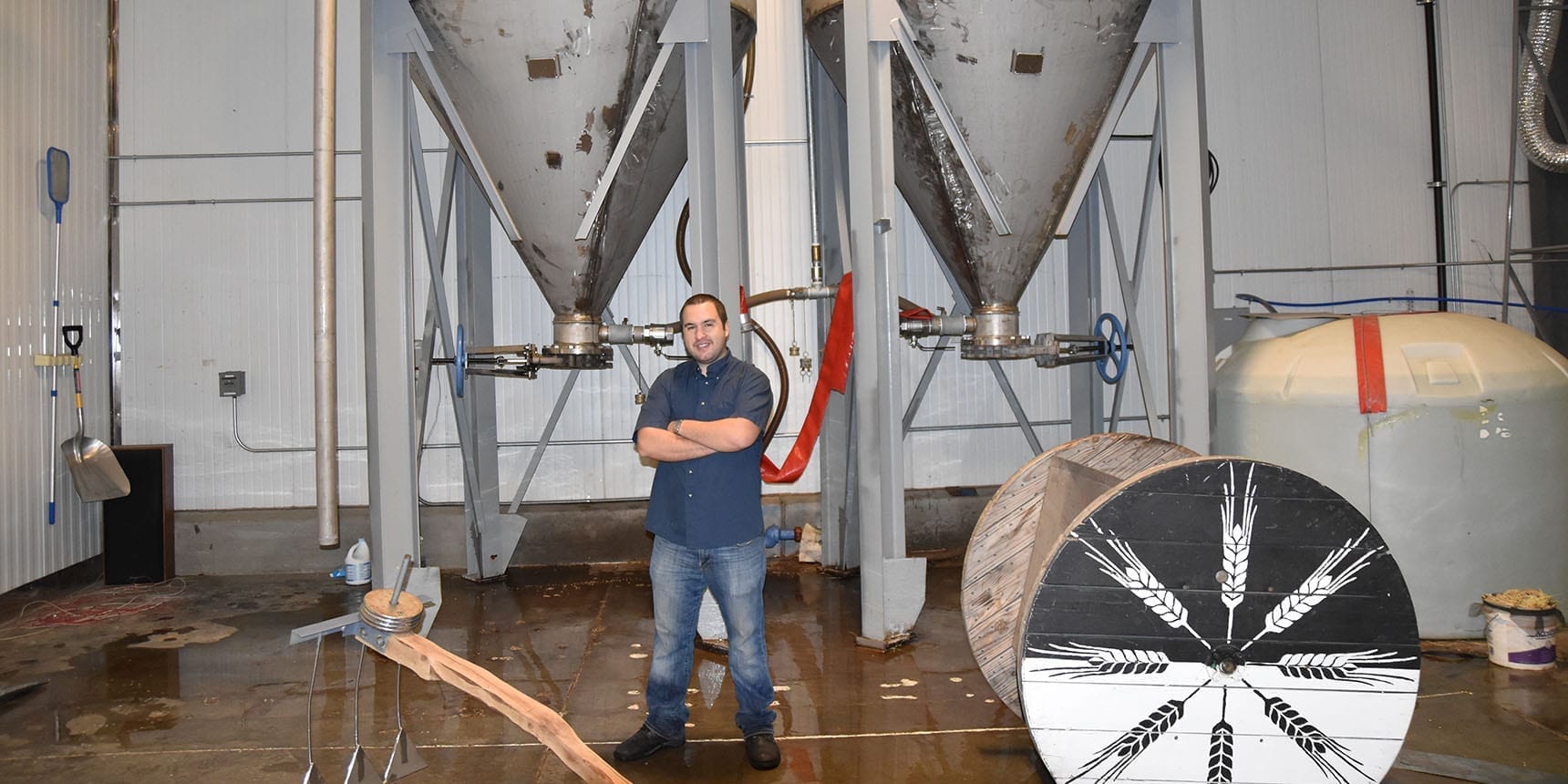
Solstice Malt is Utah’s first malting operation in more than a half-century. Its founder, James Weed, in many ways is a throwback to a time when maltsters manually turned grain into the so-called “soul of beer.”
“In Utah, they would have had to malt since the pioneers,” Weed says. “And they would have been doing it the way I’m doing it, with floor malting.”
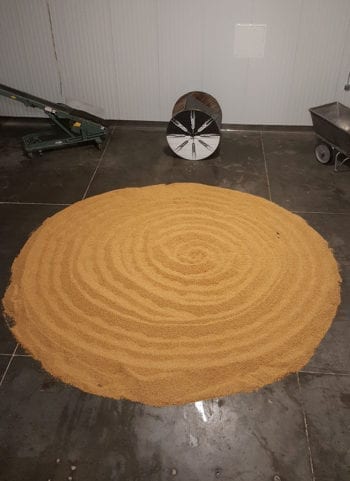
That is, loading tons of cleaned grain — barley, wheat, corn, etc. — into massive steeping tanks to soak. Then dumping it into a (handmade) malt barrow to spread on the floor of a climate-controlled room to allow for germination.
“It’s a beautiful sight to see all the grain on the floor,” Weed says. “Other malt houses do it in boxes or big cylindrical silos where a lot of it is automated.”
Automation isn’t of much interest to Weed. The manual labor involved in craft malting is a big reason he got into the business.
A maltster can put it in a box and push a button, he says. But he decided to do it the old-fashioned way.
“You get to get out and use your muscles,” he says. “You get to think about things, you get to be working the land.”
As he describes his raison d’être, he harks back to historical malting. To a time when many European towns not only operated their own breweries, but also featured their own maltsters.
The maltsters, who worked closely with the brewers to develop different beer styles, were “an integral part of creating different styles specific to their location,” Weed explains.
In His Own Words
Bonus: Subscribe to the Utah Beer News Podcast and listen to the full interview with Solstice Malt Founder James Weed. Hear him explain the three main stages of malting, as well as how he largely built his malt house from the ground up.
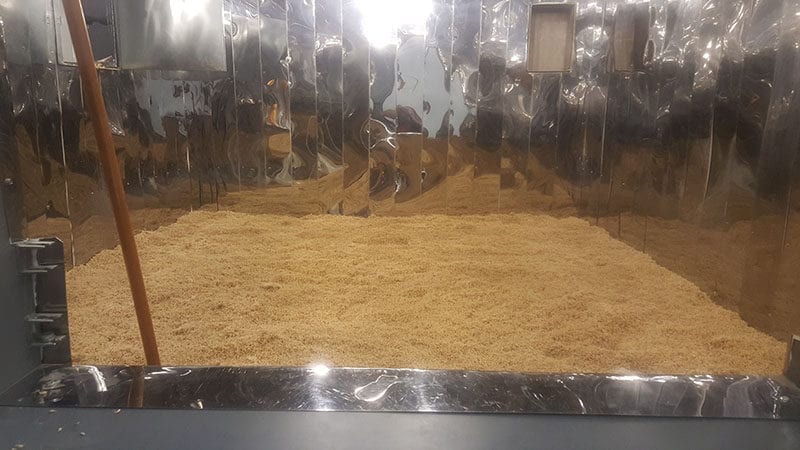
From Stocks to Malts
Weed, 38, grew up in Utah and has spent much of his life here. He studied finance in college before embarking on a decade-long career spanning several financial disciplines.
He’s worked as a stock broker and an investment adviser, among other jobs. About five years ago, Weed decided to ditch staring at a computer screen for 12 hours a day in favor of getting outdoors and working with his hands.
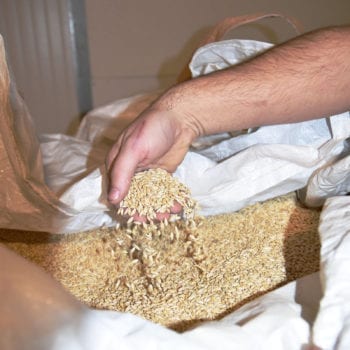 “It’s a big change,” says Weed, inside his 6,000-square-foot malt house near Salt Lake International Airport. “The world of agriculture was very foreign to me. There’s a lot that goes into it.”
“It’s a big change,” says Weed, inside his 6,000-square-foot malt house near Salt Lake International Airport. “The world of agriculture was very foreign to me. There’s a lot that goes into it.”
To help him learn his craft, he turned to the Craft Maltsters Guild. The Guild taught him how to malt on a smaller scale (four-ton batches currently).
He spent time in online malting forums where retired maltsters helped to answer his questions. And Weed even traveled to visit individual malt houses around the country.
“It wasn’t easy,” he says. “There’s not a lot of information out there on malting. It’s kind of a dead art. The big malt houses have kept all their information proprietary since the 1970s.”
It took him a few years to find the right location for his malt house, to install (or make) equipment, and to navigate permitting processes. In fact, the health department wasn’t sure how to classify his business (they settled on value-added agriculture).
After all, a company hadn’t produced malt in Utah since Becker Brewing and Malting in the middle of the 20th century.
Speaking of Becker, Weed was invited to attend an exhibit at Utah State University — Utah Brews: The Untapped Story of Ogden’s Becker Brewing and Malting Company. While Becker continued to brew until the 1960s, Weed says he learned the company discontinued its malting operations around 1953.
Solstice Malt: Raking it Old School
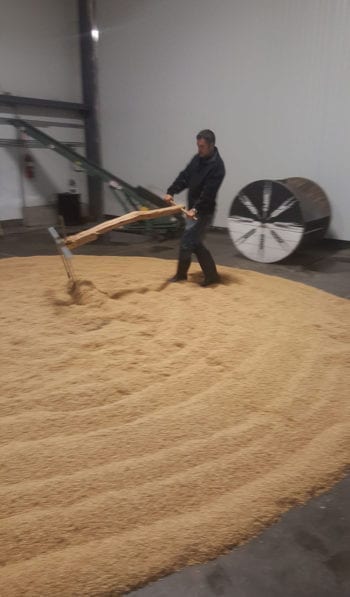
The Solstice Malt proprietor prefers to do things himself, which is a common tenet of craft. So as a homebrewer, that’s what he’s done.
When his wife suggested he take up the hobby, it wasn’t long after that Weed started growing hops and malting his own barley for his beer.
Now as a full-time maltster, he utilizes his five-gallon homebrew batches to test his malt before shipping it off to brewers and distillers.
Making Malt
Here’s a brief rundown of what’s required before the malt’s ready to package in one-ton “super sacks” or much smaller 50-pound sacks. For a more-detailed description of the process from start to finish, listen to the Utah Beer News Podcast.
- Steeping: Soak grain, which comes primarily from Utah’s Cache Valley, in two 60-barrel tanks for about a day to achieve approximately 40% moisture.
- Germinating: Spread four tons of steeped grain on floor of climate-controlled room (52 degrees). Rake every 8-10 hours (with a handmade rake) during the 3-5 day germination process.
- Kilning: Dry for different times and at specific temperatures, depending on style of malt.
Finally, after about a week, it’s ready to clean and package. Though Weed notes that timing on a batch start-to-finish often varies. “You’re really on grain time,” he says. “It tells you when it’s ready.”
Rewarding Work
 Floor malting, which Weed believes turns out a more premium product, is a labor-intensive and time-consuming process.
Floor malting, which Weed believes turns out a more premium product, is a labor-intensive and time-consuming process.
But the maltster finds what he does to be extremely rewarding.
In some ways, he’s at the center of an important Utah agricultural circle.
Weed obtains his barley from farmers in the Cache Valley. Other grains come from Nephi, and his latest adventure — corn — is sourced from West Jordan.
“I try to keep things as local as I can,” he says. “The best reward is fixing that disconnect (between farmer and consumer).”
To complete the circle, he knocks off rootlets — which taste a little like Shredded Wheat cereal — and separates them from the kilned malt. Then, he often returns the rootlets to farmers who use them to feed their livestock.
And finally, to sit at a brewery and drink a beer featuring locally sourced Solstice Malt? Well, that’s a reward all in itself.
“It’s pretty nice to know you’re part of it,” Weed says.
Many friends and family members have helped to get Solstice Malt up-and-running. Weed expects he’ll need to hire an employee once he starts staggering batches. As it is now, he spends an average of 60 hours each week in his malt house.
Welcome to ‘Malt’ Lake City
Solstice Malt, which began full production in June 2018, gets its name from an “old-world” time when the seasons played key roles in grain-to-glass processes.
 “It kind of is in line with a lot of the traditions I have in producing the malt,” Weed says. “Solstice, in my mind, is ancient and I’m trying to get back to the way things were before big industrious companies took over.”
“It kind of is in line with a lot of the traditions I have in producing the malt,” Weed says. “Solstice, in my mind, is ancient and I’m trying to get back to the way things were before big industrious companies took over.”
Solstice creates various types of base malts such as pilsner, pale, and Munich. It also makes Crystal malts up to 35 Lovibond (a numbering system that ranks different malts in order of light to dark), though anything darker is out of bounds until he gets a roaster, Weed says.
Much of the malt house equipment — malt rake, barrow, kiln, etc. — is Weed’s own design, primarily because “they don’t make equipment my size in the malting world,” he says.
He utilized a cherry tree branch to make his malt rake handle. Weed’s custom-made malt barrow carries about 400 pounds of soaked grain. The malt kiln once served as a walk-in freezer at Lehi High School.
Though not handmade, the 1940s-era Clipper D29 grain cleaner is a sight to behold. The solid oak structure — 8 feet tall, 10 feet long — operates twice per batch. It cleans raw grain prior to steeping and then again following the kilning.
“It’s an awesome piece of machinery,” says Weed, who found it for sale in Richfield. “It looks like an old relic, but it was built to last.”
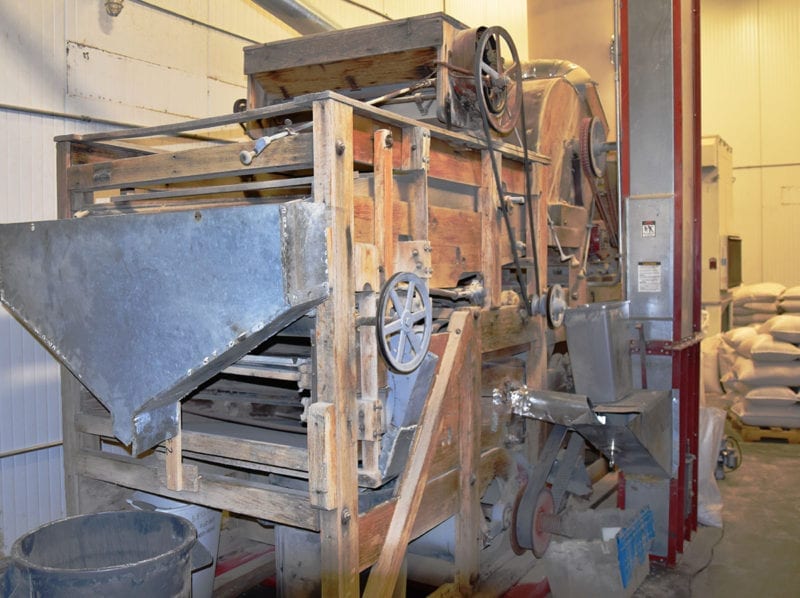
The ‘Soul of Beer’
Beer, in its most basic form, consists of four ingredients — malt, hops, yeast, and water. Hops are often the darling when it comes to America’s current infatuation with hop-forward craft beers.

“Hops, I think, helped perpetuate the craft brewing scene, and they definitely have their place,” Weed says. “But there are people who like malty beers; I’m part of that category.”
He’s not the only one.
“Malt’s been described as the soul of beer,” Weed says. “There’s been a resurgence of ‘how do you make a hoppy beer more complex?’ The only real way in a traditional style is with different types of malt.”
Even more, many craft brewers — and beer drinkers — prefer products with locally sourced ingredients.
“I’ve seen a lot of other maltsters push the terroir of where the malt is grown,” Weed says. “It’s getting its own spotlight.”

Meet the ‘Malt’ Lake City Maltster
- Name: James Weed
- Age: 38
- Currently Drinking: Barrel-Aged Imperial Red Ale, Kiitos Brewing; Secale Bavarian-Style Doppelbock, Red Rock Brewing. His go-to beers include Moab Brewery’s Rocket Bike American Lager and Uinta Brewing’s Cutthroat Pale Ale.
- Go Local: A handful of Utah breweries are featuring Solstice Malt in their brews. Recently, Squatters Craft Beers debuted Holy Kölsch and Proper Brewing Co. brewed a SMaSH (single malt, single hop) lager with Solstice Malt and Grüngeist hops.
- Notable: Weed studied finance in college and spent a decade in the industry. He started planning Solstice Malt about five years ago and began full production in June 2018. Solstice Malt is located at 3528 W. 500 S. in Salt Lake City.


